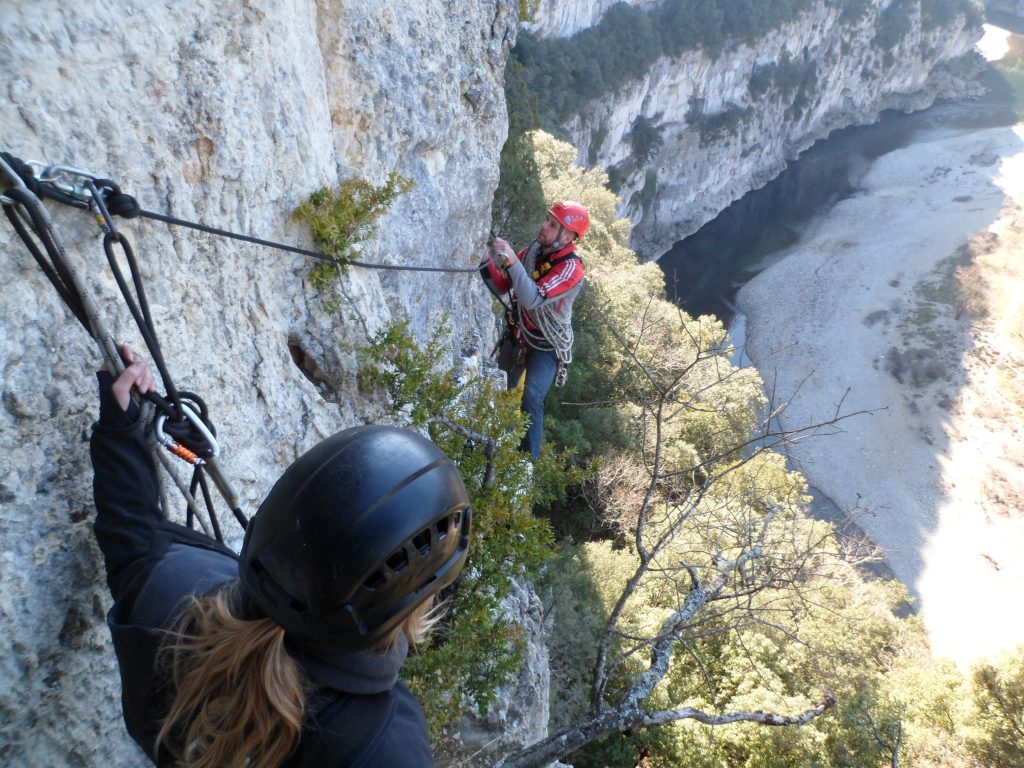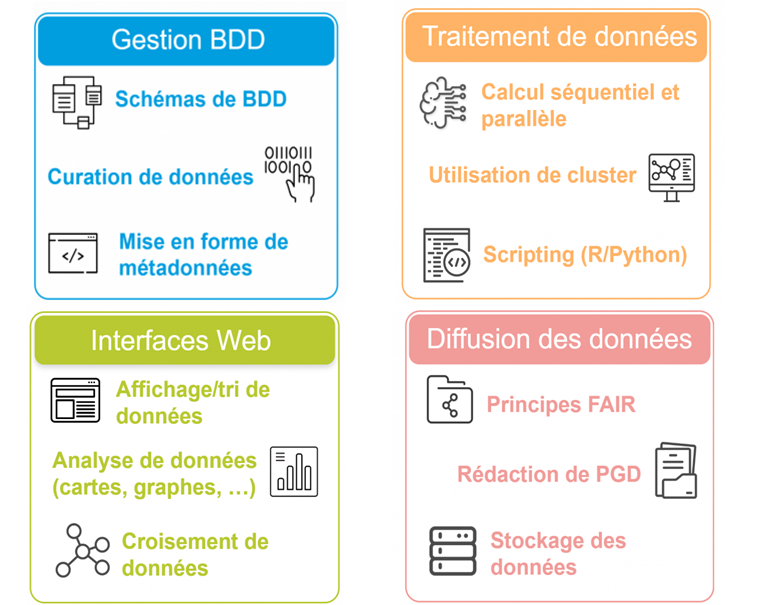Continental experiments and sampling
Presentation
This experimentation and field service is essential for the monitoring and describing species. Using tools such as marking, photographic trapping, GPS beacons and transects, researchers can study current ecosystems or reconstruct past events (climate, vegetation, etc.) using core sampling techniques. This monitoring enables us to gain a better understanding of biodiversity and ecosystem functioning, and to analyse the impact of human pressures on these ecosystems.. By combining these data with controlled experimental conditions, it is possible to anticipate the responses of species to future environmental changes and adapt conservation efforts accordingly. Such monitoring provides a more detailed understanding of biodiversity and is essential for protecting threatened species and restoring habitats.
This monitoring is carried out in different environments such as cliffs, meadows, lakes, peat bogs, etc.


